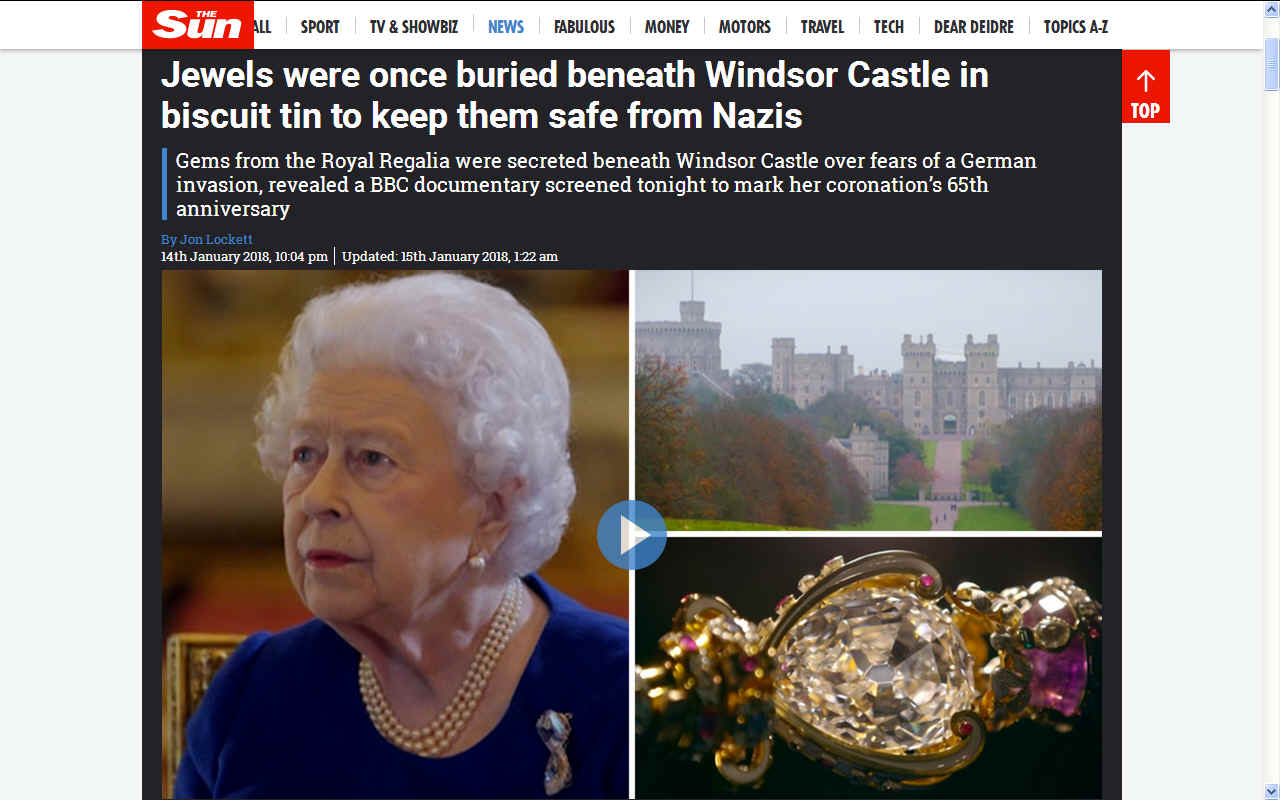
Where
a Council conducts what amounts to an institutionalised
vendetta or the State by their inaction allows such
vendetta to continue unabated,
the Human
Rights of their victim are violated in many ways.
Ultimately, it is the head of stage who is responsible.
In this case it was Her Majesty Queen
Elizabeth II, where there may be no effective
remedy in the United
Kingdom, the European
Courts might step in save for their 6 month rule.
The United Nations would be the ultimate Court should it
transpire that despite the theoretical right of audience
with the Queen or future King
under the Bill
of Rights 1689 turn out to be a damp squib.

Queen Elizabeth II is the second Queen of England to bear the name,
the first being Queen Elizabeth I.
The monarch is the head of a large family the members of which you can read
more about here.
Elizabeth Alexandra Mary Windsor was born on the 21st of April 1926. She is the Queen of the
United
Kingdom, a country that is shortly to Brexit
the European
Union.
She is also the monarch of 15 other countries: Canada, Australia, New Zealand, Jamaica, Barbados, the Bahamas, Grenada, Papua New Guinea, the Solomon Islands, Tuvalu, Saint Lucia, Saint Vincent and the Grenadines, Antigua and Barbuda, Belize, and Saint Kitts and Nevis.
She became Queen when her father, King George VI, died on 6 February 1952. Since 9 September 2015, Elizabeth II has ruled longer than any other king or queen in the history of the United
Kingdom. She has also ruled longer than any other living king or queen in the world as of the death of Thailand's Bhumibol Adulyadej on 13 October 2016.
The countries of which she is Queen are known as Commonwealth realms. Their total population is over 129 million. Although Elizabeth II is the queen of each country separately, and all sixteen are independent countries, Elizabeth II lives and spends most of her time in the
United
Kingdom. In all the other countries where she is queen, a person has been chosen to represent her. This person is known as the Governor General.
Elizabeth II is Queen and is interested in the running of her countries, but she does not tell the governments what to do. She has regular meetings with people from her governments, but it is they who run the countries. She performs ceremonies for the governments, gives out honours, and visits and supports many charities.
Since 1947, the Queen has been married to Prince
Philip, Duke of
Edinburgh. Prince Philip was born into the royal families of Greece and Denmark. Just before they were married, he became a citizen of the United Kingdom, and changed his name to Philip Mountbatten. He became the Duke of Edinburgh on the day he married, and became a Prince of the United Kingdom in 1957. The Queen and Prince Philip have four children, eight grandchildren and four great-grandchildren.
Each
year on her Birthday, Her Majesty publishes an Honours list, handing out
various recognitions to British citizens for services to the community and
the country. These honours include peerages, MBEs
and other awards for being good boys and girls.
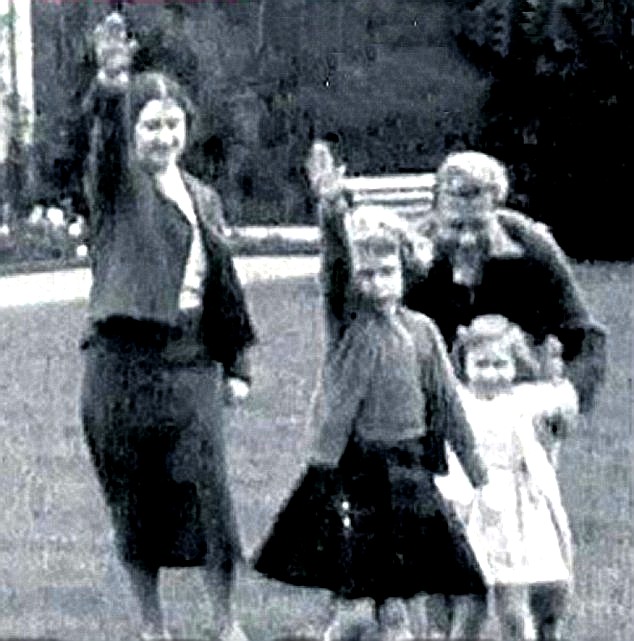
THE SUN
15 JANUARY 2018
THE Queen expressed her shock after being told the Crown Jewels were once hidden inside a biscuit tin during the Second World War to stop them falling into the hands of the Nazis.
Gems from the Royal Regalia were secreted beneath Windsor Castle over fears of an invasion, revealed a BBC documentary screened tonight to mark the 65th anniversary of the Monarch's Coronation.
Royal commentator Alastair Bruce, who presented the documentary, broke the news to the Monarch during the hour-long show "The Coronation" on BBC1.
He told the Queen how the artefacts were stored in a deep hole following orders from King George VI.
The gems, including the Black Prince's Ruby from the Imperial State Crown, were hidden in a Bath Oliver biscuit tin and buried under a secret exit from the castle used in times of emergency.
The hole was then guarded with weighty steel door grates in order to keep the jewels safe.
After learning they were hidden by a Royal insider beneath castle she expressed her fears they could have been lost forever.
The Queen said: "Did he remember where he put them..he might have died in the middle?"
After his conversation with the Queen, Bruce told the
Times: "What was so lovely was that the Queen had no knowledge of it. Telling her seemed strangely odd.
"I think it’s gripping how personally involved George VI was and how secretive he was about it. I think like father, like daughter, this sense of how utterly important the crown jewels are to the country is very much felt by Elizabeth II."
In the documentary, the Queen also talks about the quirks of being head of state - from the perils of wearing a heavy crown to waling on a thick carpet pile.
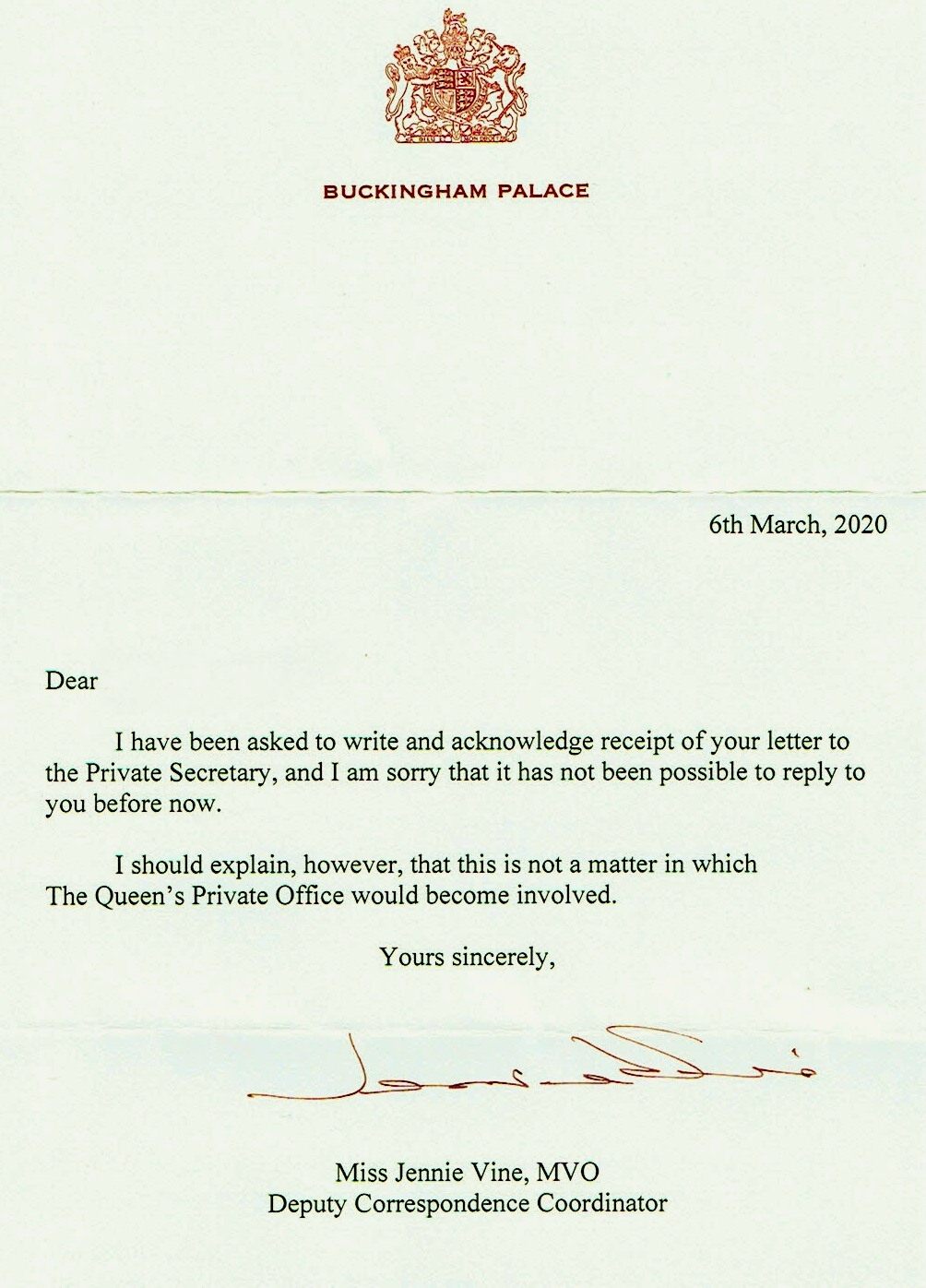
CULPABILITY -
There is no statute of limitations on fraud or wrongful
conviction resulting from any bias on the part of a State
sanctioned local authority. Where Queen
Elizabeth has so far refused to acknowledge the requirement
to grant an audience to a subject so requesting. It may be that
the future Kings of England may be more amenable: Prince
Charles, Duke of
Cambridge, after Johnson
Vs Youden 1950. Including dealing with the refusal
of the present monarch to accede to such request, it being a
potential civil and/or criminal offence in itself, as alleged.

She jokingly states you cannot look down when wearing the Imperial State Crown, which weighs 2lbs 13oz (1.28kgs), as your neck would “break”.
Looking at the crown, the Queen said: "Fortunately, my father and I have about the same sort of shaped head. But once you put it on, it stays. I mean, it just remains on."
Bruce said the head has to be kept still when wearing it and the Queen agreed: "Yes. And you can't look down to read the speech, you have to take the speech up. Because if you did your neck would break, it would fall off.
"So there are some disadvantages to crowns, but otherwise they're quite important things."
The crown was made for George VI's coronation in 1937 and is set with 2,868
diamonds including 17 sapphires, 11 emeralds and hundreds of
pearls, including four known as Queen Elizabeth I's earrings.
It also features a gemstone known as the Black Prince's Ruby, believed to have been worn by Henry V in his helmet at the Battle of Agincourt in 1415.
The documentary features footage of the Queen walking through the Abbey, and shows how her coronation dress was embroidered in silk with pearls, and gold and silver bullion thread.
"Well, I remember one moment when I was going against the pile of the carpet and I couldn't move at all," the Queen said.
Sacred oil used to anoint the Queen during her crowning was featured in a BBC documentary about her coronation as it was filmed for the first time.
The special oil is shown by Dr John Hall, Dean of Westminster during the programme.
Speaking about the oil, the Dean says in the programme, screened on Sunday: "It is kept very safe in the deanery, in a very hidden place in a little box here, which has in it a flask containing the oil from 1953.
"And it is not just olive oil, it's quite a complex mixture of different things."
The ingredients of the anointing oil are known but the exact recipe is not, and Dr Hall adds: "The composition of the oil was founded upon that used in the 17th century.
"Then you see what it consists of sesame seed and olive oil, perfume with roses, orange flowers, jasmine, musk, civet and ambergris."
The anointing of a new monarch is so sacred that it takes place under a canopy, transforming the moment into a deeply personal experience between the sovereign and God.
When the Queen was crowned on June 2 1953, live cameras filming the ceremony turned away during the symbolic moment.
The oil is stored in a bottle and traditionally held in great secrecy by the Dean of Westminster at the Abbey.
During the ceremony it is kept in a solid gold flask called an ampulla - an artefact shaped like an eagle.
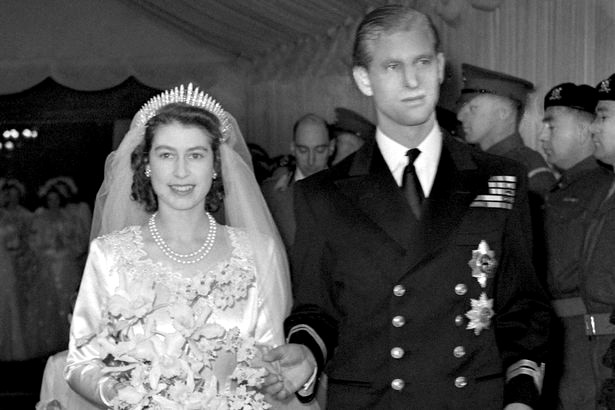
The Dean of Westminster plays an essential role in the lead-up to the coronation of a sovereign, and referring to the ceremony that saw the Queen crowned he says: "For six months, they closed the abbey.
"They laid a railway track down the centre of the abbey, bringing in tonnes and tonnes of wood and iron.
"I think there were 400 people in the choir and they were all up there. And there was an orchestra on the choir screen, 2,200 people can sit on the floor of the Abbey, 8,000 people were in here in 1953. They took a long time actually to get the whole thing ready."
During the documentary the Queen shares her memories of attending her father's coronation as an 11-year-old.
She says to the programme's presenter Alastair Bruce: "I remember my father making me write down what I remembered about his coronation. It was very valuable. Have you never seen it?"
The Queen's own account, written in a child's exercise book, says: "I thought it all very very wonderful, and I expect the Abbey did too.
"The arches and beams at the top were covered with a sort of haze of wonder as Papa was crowned, at least I thought so."
The documentary is part of the Royal Collection Season, a major partnership between the
BBC and Royal Collection Trust.
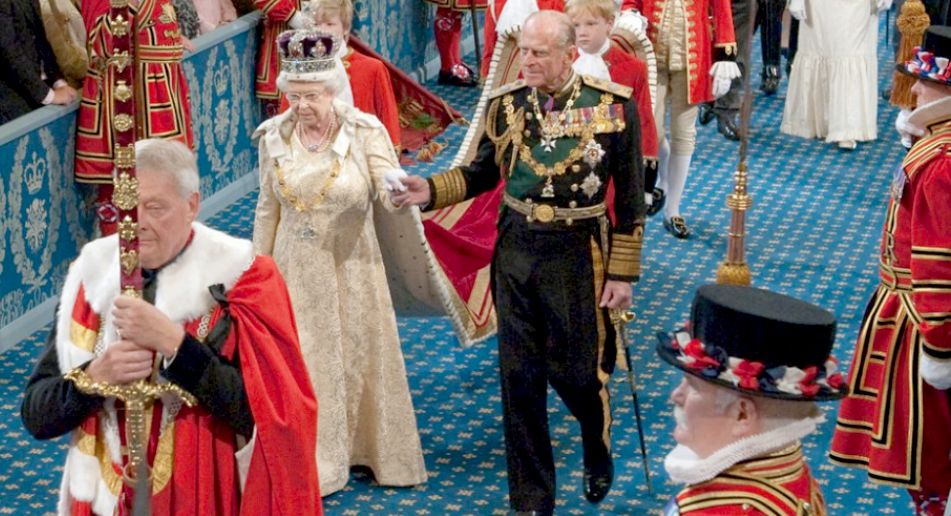
THE
HEAD OF STATE -
The head of State is also a Mason
according to the inside leaf of many yearbooks. It was a shock to learn of
this, but the revelation may go some way to explaining why it is that some
people get targeted by their local authorities such as Councils
and the Police.
THE
QUEENS BIRTHDAYS
The Queen has two birthday celebrations each year: one on her actual birth date, and the other on her “official” birthday.
The reason for this is down to the temperamental British weather. The tradition for monarchs to have two birthdays was started by George II back in 1748.
George was born in November and it was felt that it was too cold to host an annual birthday parade at that time.
It was decided that his birthday festivities would be combined with a military parade known as the Trooping the Colour, which was held in spring.
The tradition for two separate birthdays is still observed today.
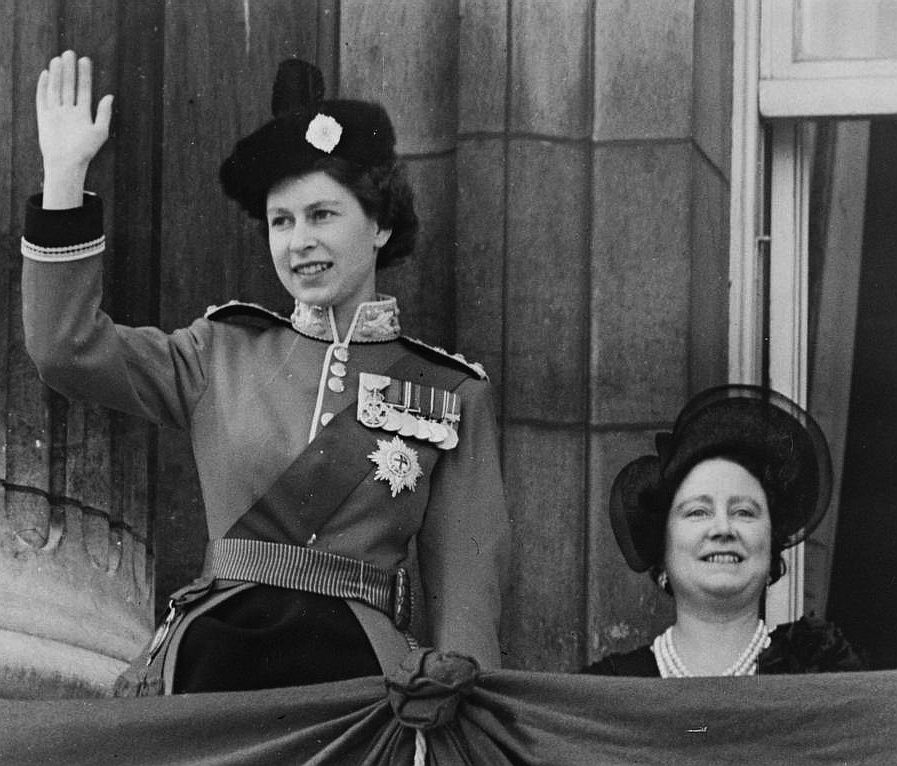
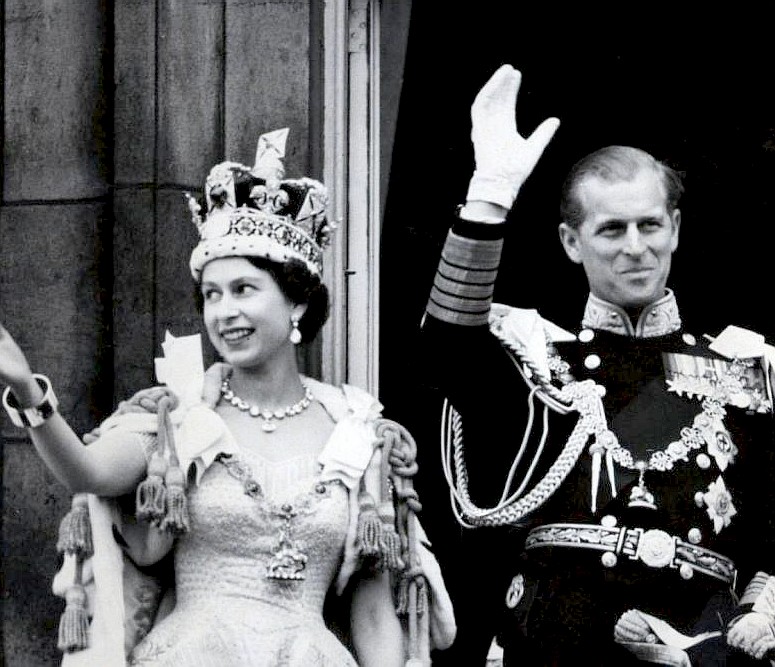
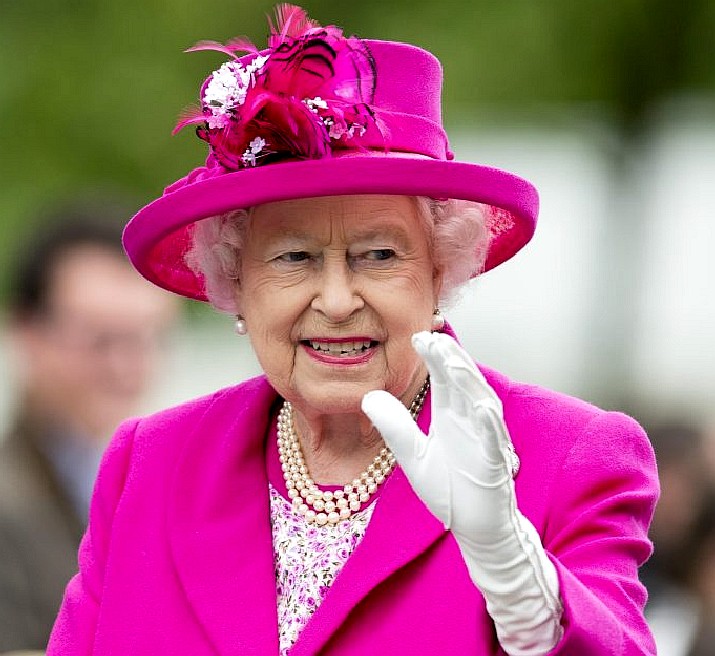
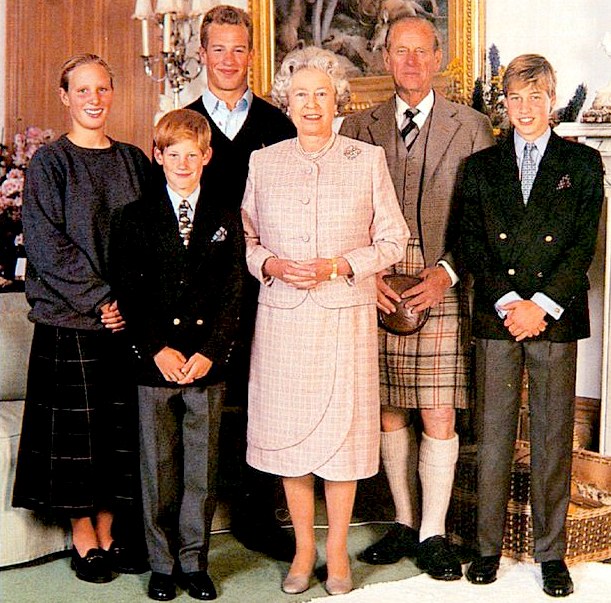
HOW OLD IS THE QUEEN?
The Queen was born in 1926 and turned 91 in 2017.
Many will remember the Queen’s 90th festivities as one of the highlights of 2016.
Apart from when it is a milestone celebration, such as last year, the Queen traditionally spends her actual birthday privately.
Queen Elizabeth II is the oldest monarch to have reigned in Britain, with second place going to
Queen Victoria who lived to the age of 81.
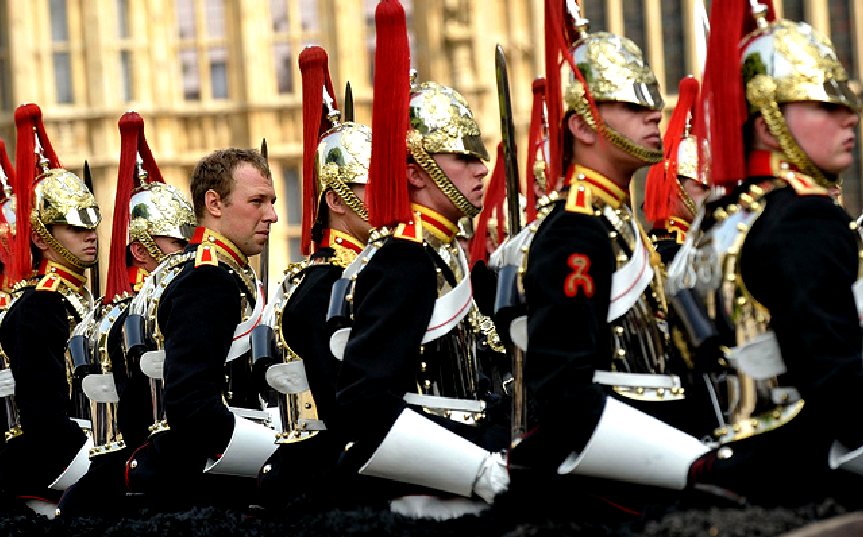
TROOPING
THE COLOUR
.....
THE
CROWN JEWELS - BBC DOCUMENTARY
When the Queen was crowned on 2 June 1953, the nation gathered to witness the extraordinary day, crowding around television sets that had sold in unprecedented numbers in the weeks beforehand. Editors worked night and day to turn the TV footage into a movie, and A Queen Is Crowned, narrated by Laurence Olivier, was airing in cinemas around the world within days of the event. Now, in a remarkable documentary to be shown on BBC1, the Queen herself talks on air for the first time about her own memories of it, and examines St Edward’s Crown with which she was crowned – and which she has never worn since.
The 1953 coronation was an unforgettable occasion for everyone involved. In bleak post-war Britain the inauguration of the young Queen in an ancient ceremony provided the ideal opportunity to celebrate British history and to anticipate a brighter future. As Winston Churchill put it, “Let it not be thought that the age of chivalry belongs to the past”, and a ceremony, both medieval and modern, was staged to rival any of any age. The high point was the moment of coronation in Westminster Abbey, when the Archbishop of Canterbury placed St Edward’s Crown on the sovereign’s head.

This crown, with which the Queen is reunited in the programme, is a remarkable object. The oldest in the Royal Collection, it was made for the coronation of King Charles II in 1661. The solid gold frame weighs almost 5lb, so it sits, like the responsibilities of state, heavy on the head of any monarch. Twelve inches high and surmounted by an orb and cross, it is set with a collection of precious and semi-precious stones, including tourmalines, topazes, rubies, sapphires and garnets. Two royal crowns, a state and a coronation crown, had been melted down at the end of the Civil War, so when replacements were ordered by Charles II two new crowns were again commissioned.
Today the Crown Jewels are famous for containing some of the largest and most spectacular gems in the world – among them the Koh-i-Noor diamond, the Black Prince’s Ruby and the Cullinan diamonds. The Imperial State Crown, which the Queen wears to open Parliament every year, is encrusted with such stones. But the coronation crown, only ever used once in a reign, has a less glittery appearance.
For the first century of its existence, in fact, St Edward’s Crown wasn’t permanently set with stones at all: gems were hired for the coronation and then removed. Charles II paid the royal goldsmith Robert Viner a hefty £350 (almost £30,000 in today’s money) for “ye Loane of ye Jewells” for his coronation. After the diamonds and rubies were returned the crown was given imitation stones to please the visitors to the Jewel House at the Tower of London.
St Edward’s Crown fell out of use during the Georgian and Victorian periods, when its design was regarded as old-fashioned. On the death of Queen Victoria in 1901 there was a new interest in reviving old traditions, and it was proposed that the crown should be used once more. In preparation, it was refurbished and set permanently with precious and semiprecious stones. In the event Edward VII was too weak from appendicitis to manage the famously heavy crown. But his son George V, George VI and Queen Elizabeth II have all been crowned sovereign with it.

THE
SIX WIVES OF HENRY VIII
Catherine
of Aragon
Anne
Boleyn
Jane
Seymour
Anne
of Cleves
Catherine
Howard
Catherine
Parr
LINKS
& REFERENCE
https://rightsinfo.org/90th-birthday-celebrating-queen-elizabeth-champion-human-rights/
https://simple.wikipedia.org/wiki/Elizabeth_II
https://www.thesun.co.uk/news/3352901/queen-age-elizabeth-ii-birthday-dates/
